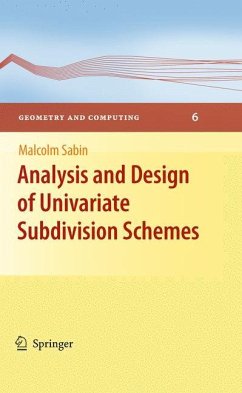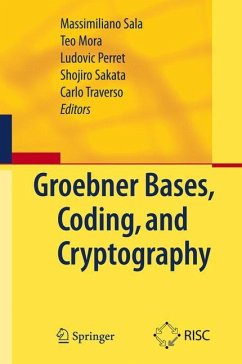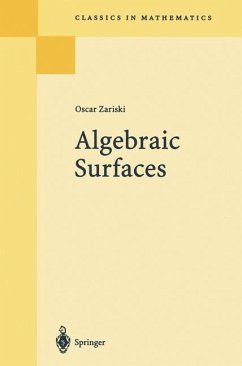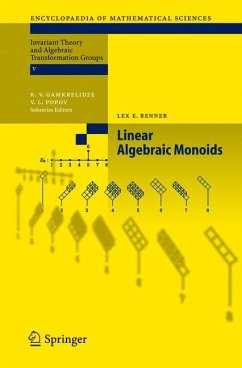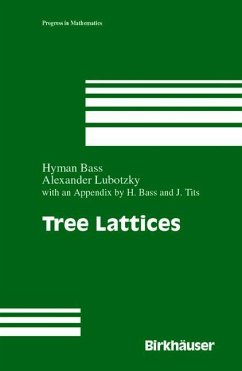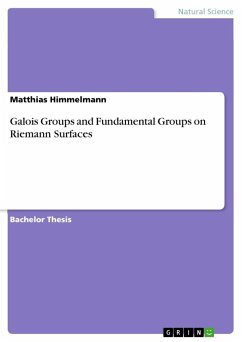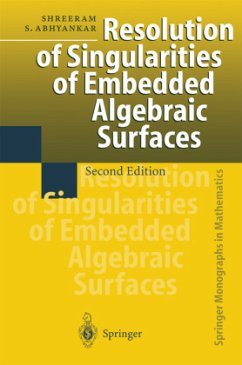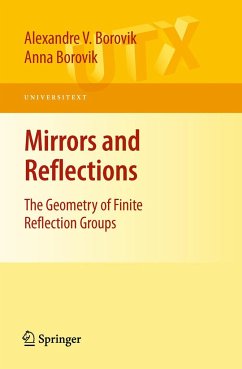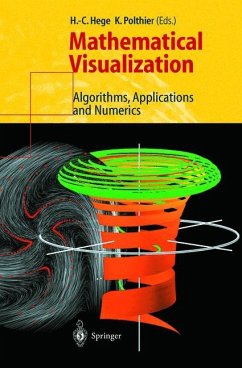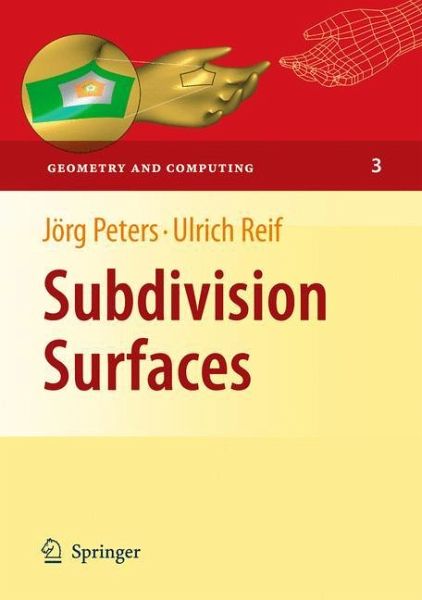
Subdivision Surfaces
Versandkostenfrei!
Versandfertig in 6-10 Tagen
38,99 €
inkl. MwSt.
Weitere Ausgaben:

PAYBACK Punkte
19 °P sammeln!
Since their first appearance in 1974, subdivision algorithms for generating surfaces of arbitrary topology have gained widespread popularity in computer graphics and are being evaluated in engineering applications. This development was complemented by ongoing efforts to develop appropriate mathematical tools for a thorough analysis, and today, many of the fascinating properties of subdivision are well understood.This book summarizes the current knowledge on the subject. It contains both meanwhile classical results as well as brand-new, unpublished material, such as a new framework for construc...
Since their first appearance in 1974, subdivision algorithms for generating surfaces of arbitrary topology have gained widespread popularity in computer graphics and are being evaluated in engineering applications. This development was complemented by ongoing efforts to develop appropriate mathematical tools for a thorough analysis, and today, many of the fascinating properties of subdivision are well understood.
This book summarizes the current knowledge on the subject. It contains both meanwhile classical results as well as brand-new, unpublished material, such as a new framework for constructing C^2-algorithms.
The focus of the book is on the development of a comprehensive mathematical theory, and less on algorithmic aspects. It is intended to serve researchers and engineers - both new to the beauty of the subject - as well as experts, academic teachers and graduate students or, in short, anybody who is interested in the foundations of this flourishing branch of applied geometry.
This book summarizes the current knowledge on the subject. It contains both meanwhile classical results as well as brand-new, unpublished material, such as a new framework for constructing C^2-algorithms.
The focus of the book is on the development of a comprehensive mathematical theory, and less on algorithmic aspects. It is intended to serve researchers and engineers - both new to the beauty of the subject - as well as experts, academic teachers and graduate students or, in short, anybody who is interested in the foundations of this flourishing branch of applied geometry.



